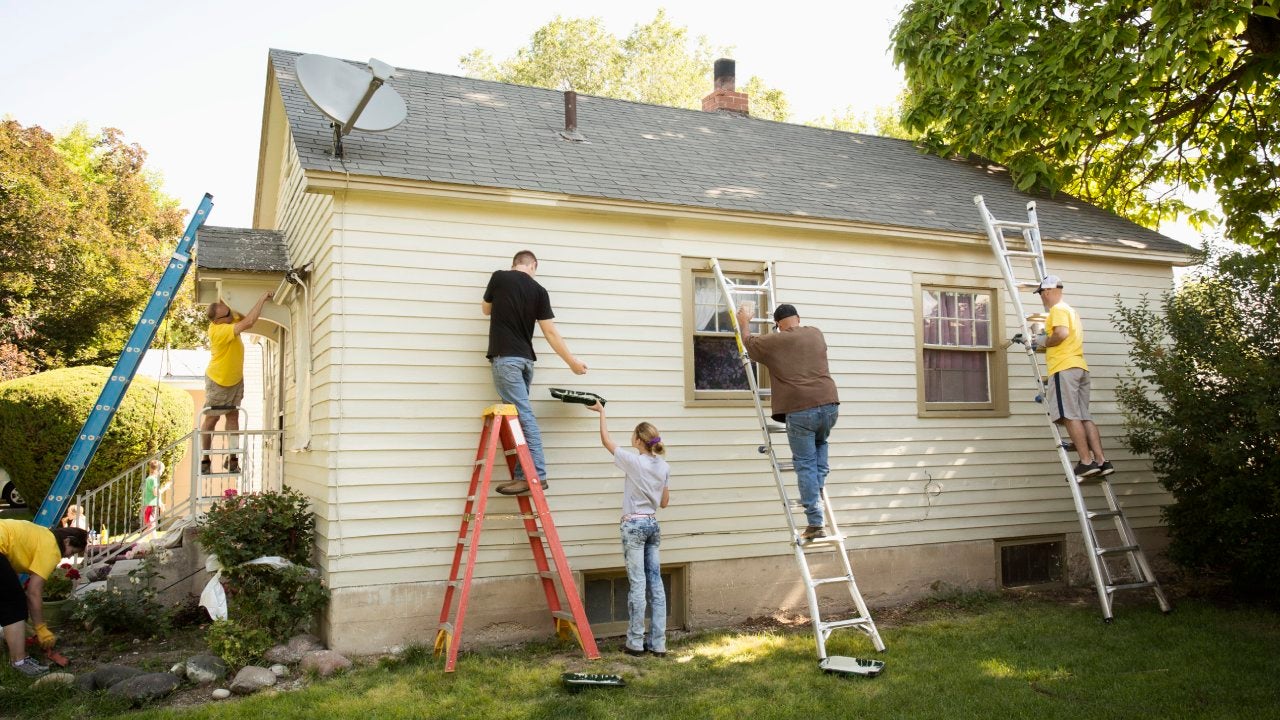House flipping involves purchasing properties in need of renovation, fixing them up, and then reselling them for a profit. At its best, flipping can be a lucrative real investment strategy. But without proper experience and calculations, flippers can get in over their heads and lose money. Learn the keys to successfully flipping houses for profit. Success begins with choosing an optimal real market. Look for markets with solid home price appreciation and demand that outpaces supply. Track sales activity and trends. Talk to local realtors, lenders, and contractors to gauge viability in target areas.
Run the numbers
Crunch the numbers on prospective flips to predict profit potential. Estimate purchase price, financing costs, renovation expenses, holding costs, sales commissions, and projected sale price. Build in 20% buffers on costs and timeline. Conservative projections are safest.
Have renovation expertise
Flipping profitability hinges on budgeting renovations well. Learn DIY skills like carpentry, plumbing, electrical, and design or partner with experienced contractors. Cosmetic facelifts are simpler than structural repairs. Focus on cost-effective upgrades.
Secure financing
Factor in financing costs, as flip projects, won’t qualify for regular home loans until complete. Hard money loans provide quick financing but have high-interest rates. Lenders also offer short-term bridge loans or lines of credit for experienced flippers.
Work efficiently
Speed matters when flipping houses. The faster you complete renovations and sell, the lower your holding costs will be. Have all materials and contractors lined up? Oversee work closely to prevent delays. Be ready to sell as soon as the home is market-ready.
Time the purchase and sale
Real Estate in Phangan successful flipping requires timing markets right. Buy when home prices are low and inventory is high. Start searching for buyers as you near the renovation finish linelist ASAP once ready, as you accrue daily holding costs.
Price it right
Work with experienced realtors to appropriately price your flip based on market comparable and local demand. The price is too high and the home won’t sell. Price too low and you lose profit. Find the optimal balance point.
Prepare for problems
Renovation projects inevitably involve unexpected problems like faulty wiring or leaky pipes. Build cost overrun buffers into your budgets. Also account for extended timelines due to permitting delays or contractor issues.
Leverage your expertise
As you gain flipping experience, streamline processes to improve profit margins. Establish contractor relationships and wholesale supply channels. Reuse proven renovation formulas that buyers want. Focus on your niche.
Gain flipping experience
- Start with smaller, less risky projects if you’re new to property flipping.
- Learn from experienced flippers or take real investment courses.
- Develop a standardized workflow for each stage of the flipping process, from acquisition to resale.
Establish contractor relationships
- Build a network of reliable contractors, including carpenters, plumbers, electricians, and landscapers.
- Foster long-term relationships with contractors who consistently deliver quality work at reasonable prices.
- Consider subcontracting work when it makes financial sense.
Flipping offers lucrative rewards for those willing to learn the ropes. But new flippers often get overwhelmed by unrealistic budgets, endless issues, and soft sales. Follow proven profitable opportunities, control costs, accelerate timelines, and maximize returnswith experience and discipline, flipping a fulfilling full-time business model.




